What is a high power LED bulb
A high power LED bulb refers to any integrated LED lamp that produces a lumen output higher than what a GLS LED lamp of the highest wattage rating can produce. We define this category of products as LED bulbs that operate at 20 watts or above, up to 100 watts. LED light bulbs that draw more than 100 watts of electrical power are generally HID replacement lamps which are typically installed in commercial, industrial and outdoor light fixtures. The high power LED bulbs discussed here are instituted for ceiling-mounted lighting in commercial and household scenarios. They are primarily designed as energy efficient alternatives to high wattage compact fluorescent lamps. However, UL-Type B HID replacement lamps may be listed here as well, if their styles and light distributions are suited to general purpose high bay and low bay lighting applications. A UL-Type B LED lamp is a ballast bypassed LED retrofit lamp powered directly from the mains voltage. It is as self-ballasted as a CFL lamp, which means the LED lamp can operate on a socket wired to use line voltage as well.
The supremacy of LED technology over its rivals
Over the past two decades, lighting technology has seen a monumental shift from gas discharge lighting, as represented by fluorescent and metal halide lamps, to solid state lighting (SSL) based on the LED technology. LEDs have a number of advantages that bring them to the forefront of lighting conversations. These semiconductor emitters produce light through electron-hole recombination in an active region within the p-n junction made out of two oppositely doped GaN layers. The technology enables a dramatic leap forward in light conversion efficiency and light source life. Substantial energy savings can be achieved with LED lighting over an extended period of operation. Beyond source efficacy improvements, additional energy savings can be obtained through intelligent lighting control.
LED lighting is uniquely positioned to address some of the barriers prohibiting the widespread deployment of connected lighting systems that can communicate with the environment through the use of occupancy sensors and other intelligent triggers. As opposed to gas discharge lamps which have poor electrical switch durability and dimming performance, LEDs can work under any switching frequency and allow instantaneous control over a full range of intensity. This ability makes it possible to adapt lighting on a more individual level and to automate the delivery of the correct amount of light whenever and wherever it is needed. Yet another intriguing benefit of LED lighting is that the spectral power distribution (SPD) of light can be optimized to improve spectral efficiency and visual performance. These compelling benefits make LED lamps the logical choice over CFL and HID lamps.
System design
A high power LED bulb integrates multiple interdependent components to produce light. The integrated assembly is typically comprised of an LED module, LED driver, heat sink, housing, PC envelope and base. The LED module is generally an array of SMD packages populated onto a metal-core printed circuit board (MCPCB). There also may be LED assemblies composed of multiple LED modules which are designed to replicate the axially symmetrical distribution of traditional lamps. The LED module is thermally interfaced with the heat sink and electrically connected to the load side of the LED driver. The heat sink is held by or mechanically engaged with a housing which is often made from a thermoplastic polymer. The driver circuit is held in place at the base chamber and thermally isolated from the heat sink. The PC envelope is usually a diffusing lens that serves to provide glare control and create an omni-directional beam spread. High power LED bulbs are most often capped by E26/E27 medium screw bases, but the larger E39 “Mogul” and E40 “Goliath” bases or other types of bases are used in a number of applications or markets.
Light source
System performance of a high power LED bulb is dependent on constituent device capabilities. In integrating LEDs into a system, the first thing to do is to carefully evaluate the package design and materials of construction as they define the maximum potential of the lamp’s luminous efficacy, color quality, lumen maintenance and color stability. While high-power ceramic-based LEDs, chip-on-board (COB) LEDs, and chip scale package (CSP) LEDs may find their footprint in high power LED bulbs, the efficacy and cost advantages make polymer-based LEDs the preferred option for use in this niche of products. These mid-power packages clearly outperform competitors in terms of efficacy due the use of reflective side walls which significantly improve photon extraction efficiency.
Mid-power LED packages with efficacies exceeding 200 lm/W are no longer a rarity. However, these advantages come with the price of poor lumen maintenance and color stability when compared with other types of LED packages. The reflective cavity that contributes to the efficacy advantage of mid-power packages is made of a polymer which tends to discolor at high operating temperatures. Furthermore, traditional wire bonding limits power density of mid-power LEDs and makes them particularly susceptible to electrical overstress (EOS). Unlike ceramic-based and CSP LEDs that can be stressed over a wide range of drive currents and junction temperatures, polymer-based LEDs can be more significantly impacted by challenging operating conditions and their useful life is often shorter than the rated life. To perform reliably in high power applications, some products use QFN EMC packages. QFN EMC packages are a vast improvement on traditional polymer-based LEDs. The reflective cavity of these LEDs is made of epoxy molding compounds. An improved current spreading design is used to improve EOS robustness.
Color quality
The color quality of high power LED bulbs depends on their intended use. The spectral power distribution (SPD) determines the color rendering index (CRI) and correlated color temperature (CCT) of the LEDs. When the emphasis is put on energy efficiency, the SPD will be engineered to deliver an acceptably low CRI (e.g., Ra 80) and a high CCT (e.g., 6000 K). For high color rendering lighting and/or a warm ambiance, the efficacy of the LEDs will be significantly dropped because there is Stokes energy loss associated with phosphor down-conversion.
Thermal management
Thermal management is critical to the performance and useful life of LEDs. LED packages are designed to operate under specified ranges for temperature. They rarely fail abruptly, but rather exhibit accelerated degradation in luminous flux and shifts in color point (chromaticity coordinates) when they are operated beyond the maximum rated junction temperature. It is therefore crucial to ensure that the LEDs operate within the specified temperature limits. A key aspect of LED system design to account for is to create a thermal pathway which allows heat generated at the p-n junction to be moved away to the ambient atmosphere at a sufficiently high rate. High power LED bulbs that draw less than 100 watts of electrical power generally dissipate the thermal load by passive means.
Passive thermal management relies on the use of air-cooled heat sinks to conduct heat away from the LED module and to dissipate it into the ambient air through natural convection. For a heat sink to accomplish its mission, it must be fabricated from a high thermal conductivity material for high efficiency conduction and designed to have a large surface area to facilitate convective cooling. A high power LED bulb is usually equipped with a die cast or machined aluminum heat sink with integral fins that maximizing surface area while remaining confined to a given footprint. In low-cost systems, the heat sink is inadequately engineered. Compromised thermal management leads to a shortened lamp life.
SMPS LED driver
A line-powered LED driver converts the AC mains voltage into DC power and provides a constant load current to operate the array of LEDs. The LED driver is the most influential component in an LED system. How it regulates the power provided to the LED load can affect the quantum efficiency, junction temperature, and luminance consistency (flicker) of the LEDs. On the front end the LED driver must convert AC power efficiently and protect the LEDs from transients, electrical disturbances, overvoltage stresses and undervoltage sags. LED drivers with an input power rated at 25 W or higher must implement power factor correction (PFC) to improve the ratio of apparent power to real power.
The switched mode power supply (SMPS) is the common type of power converter used in LED driver circuits to provide regulated DC output power. An SMPS LED driver for lower power (less than 100W) applications is usually designed as a single-stage system that combines functions of PFC and DC-DC conversion in one circuit. The advantages to such configuration are higher efficiency and less parts count as opposed to the two-stage configuration. On the downside, single-stage LED drivers are more vulnerable to overvoltage events and may generate high current ripple that leads to visible or invisible flicker.
Linear power supply
While a single-stage switching power supply may appear to have few components, the additional circuits required to filter and screen electromagnetic interference (EMI) generated during high speed switching operation can significantly increase the parts count and double the overall cost of the LED driver. The cost and design challenges associated with switching regulation lead to the use of linear power supplies in many low-cost products. A linear power supply is a variable resistance device that regulates the current to the load by controlling the voltage drop across a pass transistor. The pass transistor operates in the ohmic or linear region and controlled by an amplifier feedback loop.
Simple design, absence of EMI radiation, space effectiveness and high component reliability are the advantages to linear power supplies. Additionally, these resistive driving circuits have a native compatibility with phase-cut dimmers. Linear LED drivers can be packaged as integrated circuits (ICs) which overcome the physical constraints to PCB-mounted circuits imposed by the legacy lamp form factors.
Driver-on-board (DOB) light engine
Surface-mount linear LED Driver IC packages can be mounted on an MCPCB together with SMD LEDs to create a driver-on-board (DOB) light engine, which is commonly called a “driverless” LED light. Linear power supplies, however, are step-down regulators only and operate by dissipating headroom voltage. At higher wattage ratings they tend to be very inefficient and generate a high thermal load from power dissipation. In DOB systems, the thermal load introduces an additional thermal stress to the co-located LEDs. Linear LED drivers have a very narrow input voltage range and poor surge immunity. The large output current ripple could force the LEDs to work out of specification and produce flicker.

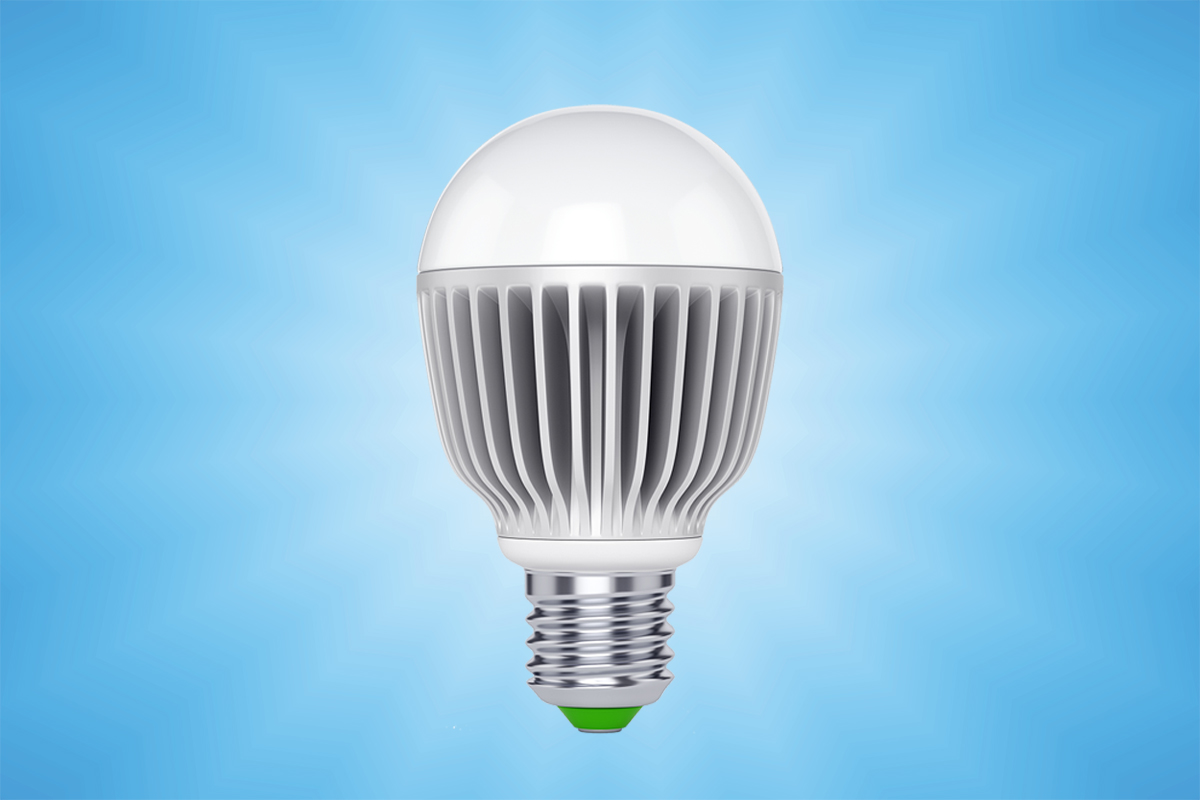
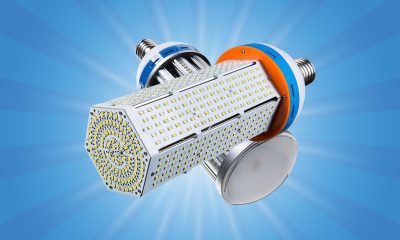

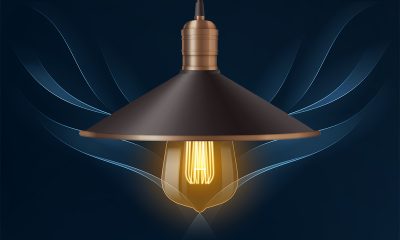


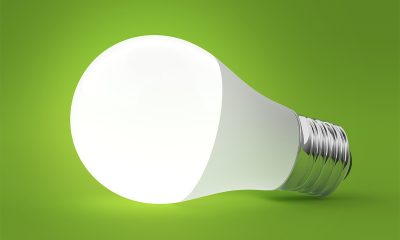
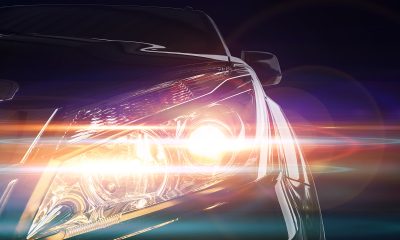
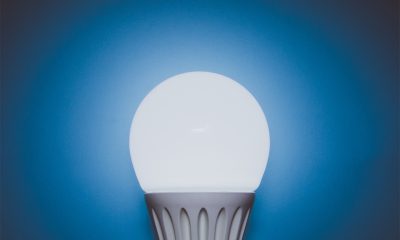


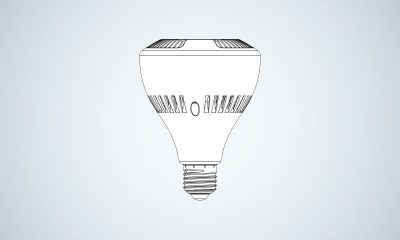
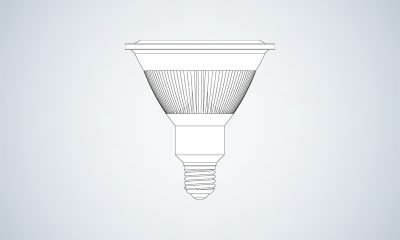





Loading...